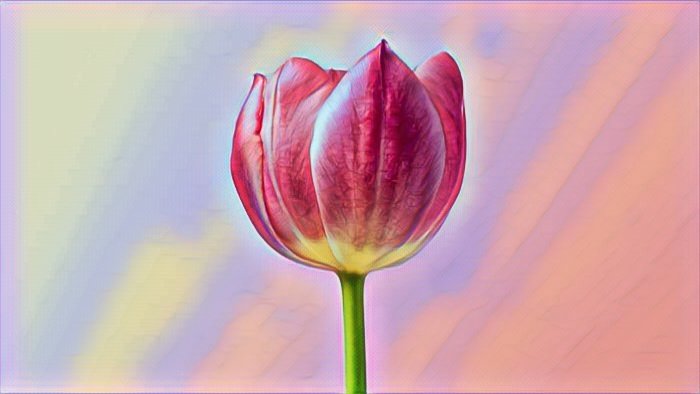Tulips are one of the most beloved and recognizable flowers in the world, known for their vibrant colors and elegant shape. Originating from the mountainous regions of Central Asia, tulips began to captivate the world after being introduced to the Ottoman Empire, where they became a symbol of indulgence and abundance. It wasn't long before these beautiful blooms made their way to Western Europe in the 16th century, sparking what is known as "Tulip Mania" in the Netherlands during the 17th century. This period saw the value of tulip bulbs skyrocket as they became a luxury item and a status symbol, leading to one of the first recorded speculative bubbles in history.

Scientifically known as Tulipa, the tulip is a member of the Liliaceae family. There are around 75 species of tulips, which can be divided into over 150 varieties thanks to extensive hybridization by horticulturists. Tulips are perennials, growing from bulbs that are planted in the autumn before the frost sets in. They bloom in early spring, providing a colorful display that signals the end of winter. Tulips thrive in climates with long, cool springs and dry summers.

Tulips have a distinct cup-like shape formed by three petals and three sepals that are often mistaken for six petals. The flowers come in a wide range of colors, including red, yellow, pink, purple, orange, white, and even multicolored varieties. Some tulip varieties display striking patterns or fringed edges, making them even more desirable for ornamental planting.
Cultivation of tulips requires well-drained soil and a period of dormancy, which is why the bulbs are planted several inches below the surface where they can stay cool and undisturbed. During their growth, tulips need plenty of sun, but once the flowers begin to bloom, they can benefit from partial shade to prolong their lifespan. After the flowers have bloomed and the petals have fallen, the foliage should be left to die back naturally, allowing the bulb to store energy for the next growing season.
Tulips are also important in the cut flower industry. Their long stems and variety of colors make them ideal for bouquets and floral arrangements. They are commonly associated with love and springtime and are often used in celebrations and special occasions such as weddings, anniversaries, and Easter.
In addition to their ornamental use, tulips have various symbolic meanings attached to them. Different colors can represent different sentiments: red tulips are associated with true love, while purple symbolizes royalty. The Turkish and Persian legends involving the love of Farhad and Shirin have contributed to the red tulip's association with perfect love.

In summary, tulips are not only aesthetically pleasing but also rich in history and cultural significance. These heralds of spring continue to be a favorite around the world, enchanting gardeners and floral enthusiasts alike with their simple yet sophisticated beauty. Whether gracing a meticulously designed garden or brightening up a home in a vase, tulips remain a timeless symbol of elegance and rebirth.
All pic Editing PicsArt
Congratulations @yasirofficial786! You have completed the following achievement on the Hive blockchain And have been rewarded with New badge(s)
Your next target is to reach 50 upvotes.
You can view your badges on your board and compare yourself to others in the Ranking
If you no longer want to receive notifications, reply to this comment with the word
STOPCheck out our last posts: